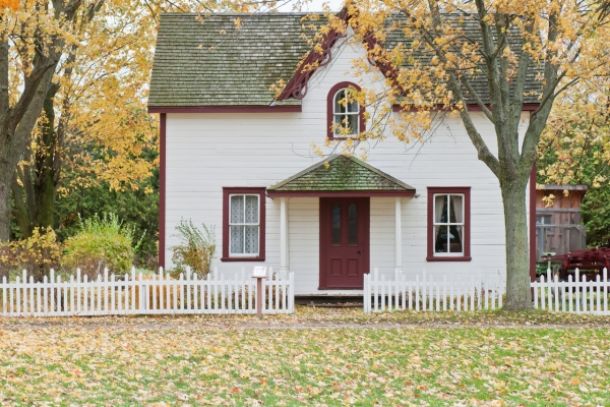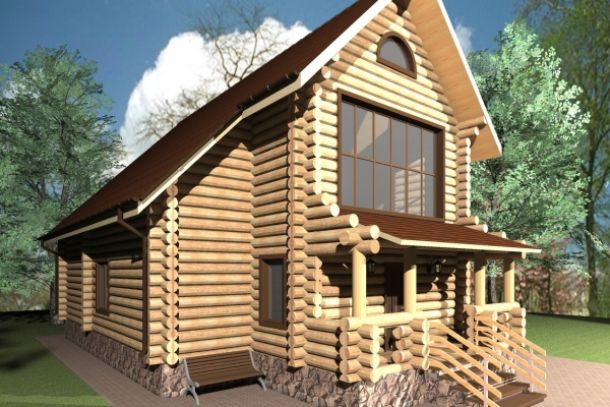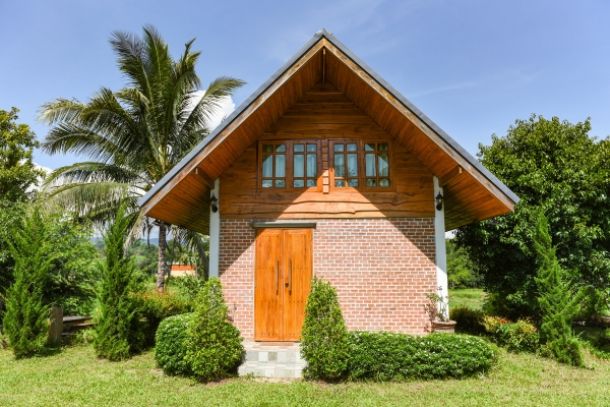Essential Tips for Constructing Wooden Houses
Essential Tips for Constructing Wooden Houses
Constructing a wooden house is a rewarding project that merges creativity, sustainability, and hands-on craftsmanship. Whether you’re building your first DIY home or enhancing your existing skills, following essential construction tips can streamline the process and ensure a sturdy, attractive final product. This article presents practical advice on planning, material selection, construction techniques, and long-term maintenance—tips that are fundamental for anyone embarking on a wooden house project.
Introduction
Wooden houses exude natural beauty and warmth, making them a popular choice among DIY enthusiasts. However, the process of constructing such a home involves numerous steps that require careful consideration and attention to detail. From drafting your design and choosing sustainable wood to employing proper construction methods, every decision impacts the durability and aesthetic appeal of your home. The following tips will guide you through each phase of the construction process, ensuring that your wooden house stands the test of time.
Plan Thoroughly and Secure Permits
Detailed Planning:
Begin with a comprehensive plan that outlines your vision, requirements, and the layout of your home. Draft blueprints that specify room dimensions, load-bearing walls, and the overall architectural design. A well-detailed plan minimizes surprises during construction and helps you allocate resources effectively.
Permits and Regulations:
Before starting construction, research local building codes and secure the necessary permits. Compliance with regulations not only avoids legal complications but also ensures that your house meets safety standards. Consulting with local building authorities or professionals can clarify any doubts regarding zoning laws and structural requirements.
Choose the Right Materials
Sustainable Wood Selection:
Selecting high-quality, sustainable wood is paramount. Opt for species known for durability and resistance to decay, such as cedar, redwood, or pressure-treated pine. Certified or reclaimed wood not only benefits the environment but also adds character to your home.
Complementary Materials:
In addition to wood, consider incorporating other materials that enhance the structural integrity of your house. For example, metal brackets, concrete for the foundation, and eco-friendly insulation materials can significantly improve the durability and energy efficiency of your home.
Focus on a Strong Foundation
Foundation Options:
Your wooden house’s longevity begins with a robust foundation. Depending on your local conditions, choose between a concrete slab, crawl space, or pier and beam foundation. Each option offers distinct benefits: a concrete slab provides durability, while a pier and beam system can be more adaptable on uneven terrain.
Site Preparation:
Thoroughly prepare your site by ensuring proper drainage and leveling the ground. A well-laid foundation prevents structural shifts and moisture problems that can affect the wooden structure over time.
Precision in Framing and Joinery
Accurate Measurements:
Framing is the backbone of your wooden house. Utilize digital measuring tools and laser levels to ensure precision in every cut and assembly. Accurate framing prevents misalignment issues, which can lead to structural weaknesses or improper fitting of doors and windows.
Joinery Techniques:
Combine traditional joinery methods, such as mortise and tenon, with modern fasteners like screws and metal brackets. This hybrid approach provides both strength and flexibility, ensuring that the structure can withstand environmental stresses while retaining its aesthetic charm.
Embrace Modern Construction Tools and Techniques
Power Tools and Digital Aids:
Invest in quality power tools and digital devices that enhance accuracy and efficiency. Tools like miter saws, circular saws, and table saws—combined with laser measuring devices—can significantly reduce construction time and errors.
Modular Construction Methods:
Consider using modular construction techniques, where pre-fabricated sections are assembled on-site. This approach minimizes material waste, reduces labor time, and often results in a more precise overall structure.
Insulation, Roofing, and Energy Efficiency
Enhanced Insulation:
Wood is a natural insulator, but additional insulation can greatly improve energy efficiency. Use eco-friendly materials such as recycled cellulose or natural wool insulation in walls, roofs, and floors. Proper insulation stabilizes indoor temperatures, reducing the need for artificial heating or cooling.
Roofing Solutions:
Select roofing materials that complement your wooden structure while offering durability against weather elements. Pitched roofs, wooden shingles, or metal roofing systems are popular choices that provide both aesthetic appeal and functional protection. Ensure that the roof is well-sealed to prevent leaks and moisture intrusion.
Interior and Exterior Finishing Touches
Exterior Protection:
Apply high-quality sealants, stains, or eco-friendly paints to protect the exterior wood from UV rays, moisture, and pests. These treatments not only extend the life of your home but also enhance its visual appeal by highlighting the natural grain of the wood.
Interior Design:
When it comes to interiors, focus on creating a cohesive and inviting space. Choose finishes that complement the warmth of the wood, such as natural stone accents, built-in cabinetry, or custom furniture. Effective interior design ensures that your house is as comfortable as it is beautiful.
Maintenance and Long-Term Care
Regular Inspections:
A wooden house requires ongoing maintenance to preserve its integrity. Schedule regular inspections to check for signs of moisture, pest infestations, or wear. Early detection of potential issues can prevent costly repairs in the future.
Seasonal Upkeep:
Establish a seasonal maintenance routine that includes tasks like cleaning gutters, resealing wood surfaces, and checking insulation. This proactive approach ensures that your home remains energy-efficient and structurally sound for years to come.
Conclusion
Constructing a wooden house involves a multitude of factors—from initial planning and material selection to precise construction and ongoing maintenance. By following these essential tips, you can navigate the complexities of building a wooden home with confidence and skill. Remember that a successful project relies on thorough preparation, the use of quality materials, and a commitment to long-term upkeep. With careful attention to detail and a willingness to embrace both traditional methods and modern innovations, your wooden house will not only stand strong against the elements but also serve as a beautiful, sustainable, and personalized living space.


